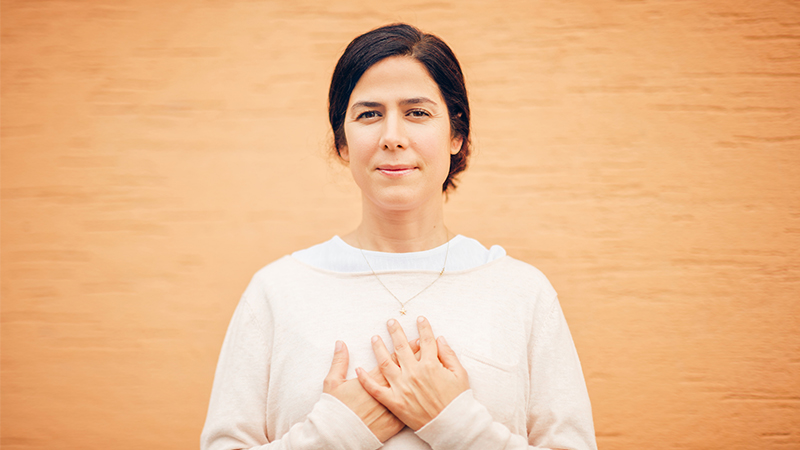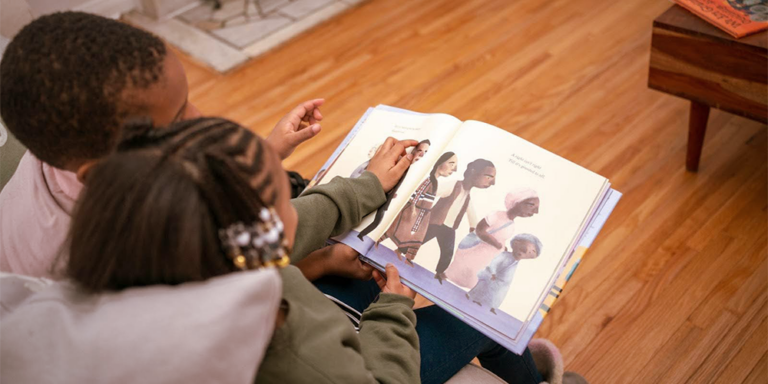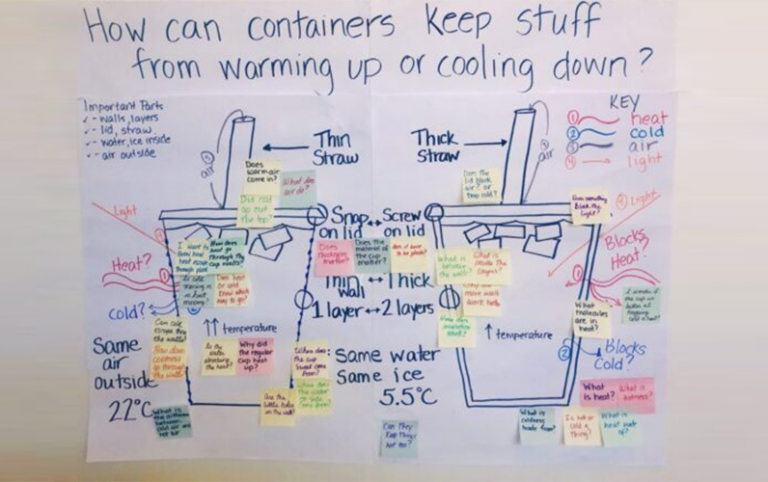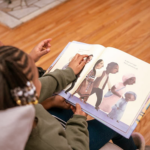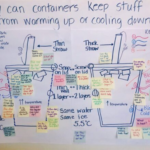“Gratitude turns what we have into enough, and more. It turns denial into acceptance, chaos into order, confusion into clarity… it makes sense of our past, brings peace for today, and creates a vision for tomorrow. ” -Melody Beattie
Happy New Year! As you make your resolutions, we suggest also acknowledging and expressing gratitude for your many successes. Too often, we focus on what didn’t go right or where we fell short, and we forget to acknowledge our wins. So, as you sit down to think about your goals, take time to write down and reflect about what you are grateful. These recognitions may come from your personal or professional life; your relationships; and/or your health and wellbeing.
Once you’ve gathered your reflections about last year, use them as an opportunity to model gratitude in your classroom. Express gratitude toward your students and teach them how to be gracious. An attitude of gratitude creates a positive mindset that is open and available for learning.
The first step to building a culture of gratitude in your classroom is to work with students to create Gratitude Journals. Give each student a notebook and ask your students to personalize and decorate it. After students have a unique Gratitude Journal, try some of the following lessons to increase gratitude and encourage reflection.
Start Journaling
Just as you spent time reflecting on your successes in 2016, ask your students to list the things for which they are grateful. You can take reflection breaks throughout the day or spend time each morning or afternoon to reflect. At first, your students’ lists may be broad—that’s okay—because next, we are going to focus on getting specific.
Get Specific
As your students become more comfortable reflecting about why they are grateful, ask them to add reasons why they are grateful. For example, “I am grateful for my friend” becomes “I am grateful for John today because he asked me to join in a game of basketball and that felt good.”
You Spot It; You’ve Got It
Teach your students that the virtues they recognize in others are actually qualities that they have as well. For example, “I admire Tanya’s kindness because she is well-liked. Today I am going to accept that I am kind too.”
Show Gratitude for Yourself
Model how to reflect and appreciate your own strengths. Have students be specific about how their strengths make them valuable members of your classroom community. For example, “I am grateful for my sense of humor because laughter makes people come together, and I like when people around me are in a good mood.”
Share Gratitude
Set aside time for students to express gratitude to one another. This can be done verbally or by writing notes (texts and/or emails count, too) to one another. Encourage your student to be specific. For example, “Dear Jack, I am grateful for your intelligence, especially during Social Studies. Thank you for sharing your good ideas with the class. It keeps me interested.”
Gratitude Jar!
Keep a Gratitude Jar in your classroom that everyone can add notes and reflections to about the many things for which they are grateful. Quietly collect gratitude moments, write them on a piece of paper, and put them into the jar. Pick a day every week to read and share these reflections with your class.
